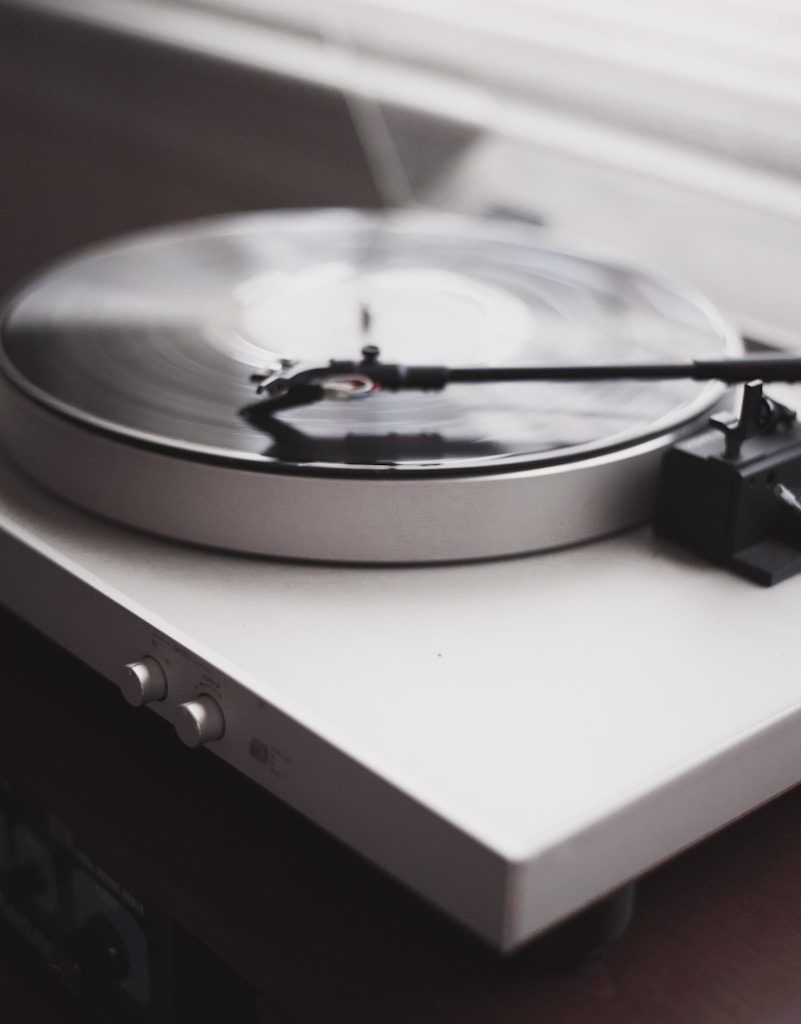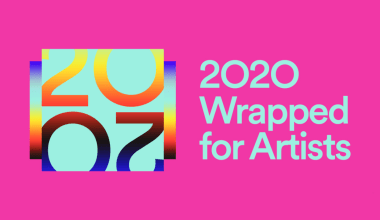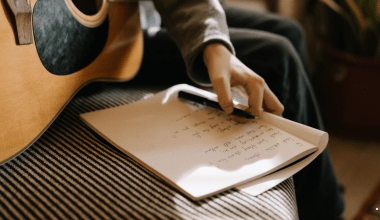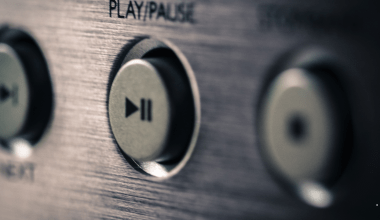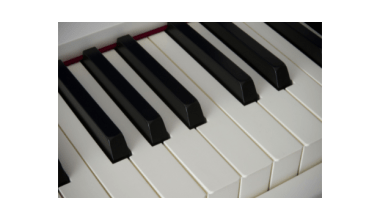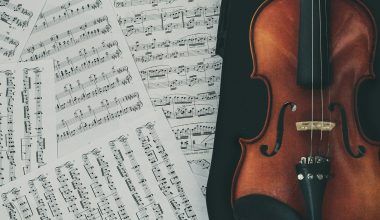Public domain music refers to musical works that are no longer protected by copyright, allowing anyone to use, modify, or distribute them without legal restrictions. This music is free for all to enjoy, whether you’re a hobbyist, a professional content creator, or just a music enthusiast.
You might be wondering, how does music end up in the public domain? Generally, copyright laws vary by country, but in many places, music enters the public domain 70 years after the composer’s death. In the United States, works published before 1923 are usually public domain. The key takeaway is that this music belongs to everyone!
Why Does Public Domain Music Matter?
Public domain musics plays a crucial role in creativity and accessibility. It opens up opportunities for filmmakers, YouTubers, podcasters, educators, and others to add music to their projects without worrying about copyright issues. Imagine creating a heartfelt video or an engaging podcast without worrying about licensing fees!
Beyond creative projects, public domain musics is a gateway to preserving historical and cultural treasures. These works give us a glimpse into the past, allowing new generations to experience music that might otherwise be forgotten.
Benefits of Using Public Domain Music
- Cost-Effective: It’s free to use! Say goodbye to hefty licensing fees and hello to creativity without limits.
- Legal Peace of Mind: No need to worry about copyright strikes or legal troubles.
- Creative Freedom: Modify, remix, or adapt the music however you like.
- Access to Classics: Tap into a rich library of timeless masterpieces.
How to Identify Public Domain Music
Finding and identifying public domain musics can seem tricky at first, but with a few tips, you’ll become a pro in no time.
- Check the Publication Date: In the U.S., musics published before 1923 is usually in the public domain. Globally, look for works by composers who passed away more than 70 years ago.
- Reliable Sources: Use trusted archives like the International Music Score Library Project (IMSLP) or Project Gutenberg.
- Verify the Status: Double-check with credible databases to confirm the copyright status.
Where to Find Public Domain Music
If you’re ready to explore, here are some fantastic resources to start your journey:
- IMSLP (International Music Score Library Project): A treasure trove of classical sheet music and recordings.
- Project Gutenberg: Offers a variety of musical scores and other creative works.
- Musopen: Provides free recordings, sheet music, and educational resources.
- Free Music Archive (FMA): While not exclusively public domains, it includes a wide range of royalty-free music.
Can You Use Public Domain Music Commercially?
Absolutely! One of the best things about public domain musics is its versatility. You can use it in commercial projects like ads, films, and YouTube videos without needing permission or paying royalties. It’s a game-changer for small businesses and independent creators looking to save costs while maintaining quality.
Common Misconceptions About Public Domain Music
Despite its simplicity, public domain musics is often misunderstood. Let’s clear up a few myths:
- It’s Low-Quality: Not true! Public domain includes some of the greatest compositions in history, from Beethoven to Bach.
- All Old Musics Is Public Domain: Not necessarily. Some works are still under copyright due to later edits or arrangements.
- Free to Use Means No Attribution: While not legally required, it’s a nice gesture to credit the original composer.
How to Use Public Domain Music in Your Projects
Now that you have a sense of what public domain musics is and where to find it, let’s dive into how to incorporate it into your projects seamlessly.
- Background Music: Use it in videos, podcasts, or presentations to set the mood.
- Remixes and Covers: Put your spin on a classic piece and showcase your creativity.
- Educational Tools: Incorporate it into teaching materials or online courses.
The Future of Public Domain Music
As time marches on, more and more musics will enter the public domains. Every year, works from iconic composers become available for free use, expanding the possibilities for creators worldwide. This ongoing process ensures a continuous flow of inspiration and resources for artists, educators, and music enthusiasts.
Final Thoughts
Public domain music is a gift to everyone. It’s a bridge between the past and present, allowing timeless masterpieces to live on and inspire new creations. Whether you’re a seasoned artist or someone exploring new hobbies, public domain music offers a wealth of opportunities to enhance your work and enrich your life.
For further reading, explore these related articles:
- Best Distribution Sites for Music: A Complete Guide for Artists
- Who Owns the Master Recording of a Song? The Ultimate Guide
For additional resources on music marketing and distribution, visit DMT Records Private Limited.
